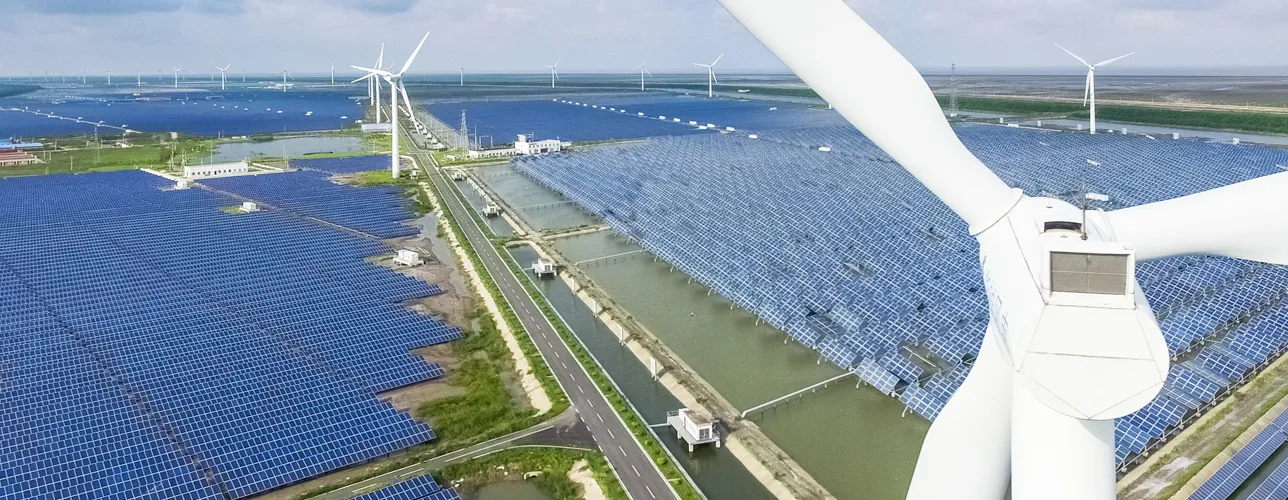A new forecast of the energy transition from DNV has warned that even if all electricity was ‘green’ from this day forward, the world will still fall a long way short of achieving the 2050 net zero emissions ambitions of the COP21 Paris Agreement.
DNV’s Energy Transition Outlook, now in its fifth year and launched two months before COP26 takes place in Glasgow, provides an independent forecast of developments in the global energy system to 2050.
The 2021 report highlights the global pandemic as a “lost opportunity” for speeding up the energy transition, as Covid-19 recovery packages have largely focused on protecting rather than transforming existing industries.
Electrification is on course to double in size within a generation and renewables are already the most competitive source of new power however, DNV’s forecast shows global emissions will reduce only 9% by 2030, with the 1.5˚C carbon budget agreed by global economies emptied by then.
The COP21 Paris Agreement was intended to keep global warming to “well below 2°C” and strive to limit its increase to 1.5°C. DNV has been consistent in forecasting a rapid transition to a decarbonized energy system by mid-century.
As rapid as that transition is, DNV’s forecast is that despite every effort being made, it remains definitively not fast enough for the world to achieve the ambitions of the Paris Agreement and warns the planet will most likely reach global warming of 2.3˚C by end of the century.
Remi Eriksen, Group President and CEO of DNV, said: “We’ve seen governments around the world take extraordinary steps to manage the effects of the pandemic and stimulate a recovery. However, I am deeply concerned about what it will take for governments to apply the resolution and urgency they have shown in the face of the pandemic to our climate. We must now see the same sense of urgency to avoid a climate catastrophe.”
“Many of the pandemic recovery packages have largely focused on protecting, rather than transforming, existing industries. A lot of ‘building back’ as opposed to ‘building better’ and although this is a lost opportunity, it is not the last we have for transitioning faster to a deeply decarbonized energy system.”
Energy efficiency remains the biggest opportunity to tackling climate change as the world drifts further away from achieving Paris. Securing significant improvement in this vital area is viewed as the most significant lever for the transition – achieving greater efficiency is the reason why global energy demand will level off, even as the global population and economy grows.
Reductions in the use of fossil fuels have been remarkably quick however these sources, especially gas, will still constitute 50% of the global energy mix by 2050 – making the need to invest in and scale hydrogen, and carbon capture and storage all the more important. Oil demand looks set to halve, with coal use reduced to a third by mid-century.
ETO 2021 also reveals that while 69% of grid-connected power will be generated by wind and solar in 2050, and indirect electrification (hydrogen and e-fuels) and biofuels remain critical, none of these sources are scaling rapidly enough.
Hydrogen is the energy carrier that holds the highest potential to tackle hard to abate emissions however, our forecast indicates hydrogen only starting to scale from the mid-2030s and, even then, only building to 5% of the energy mix by 2050.
“Extraordinary action will be needed to bring the hydrogen economy into full force earlier - but these are extraordinary times. The window to avoid catastrophic climate change is closing soon, and the costs of not doing so unimaginable.”, says DNV Group President and CEO Remi Eriksen.
